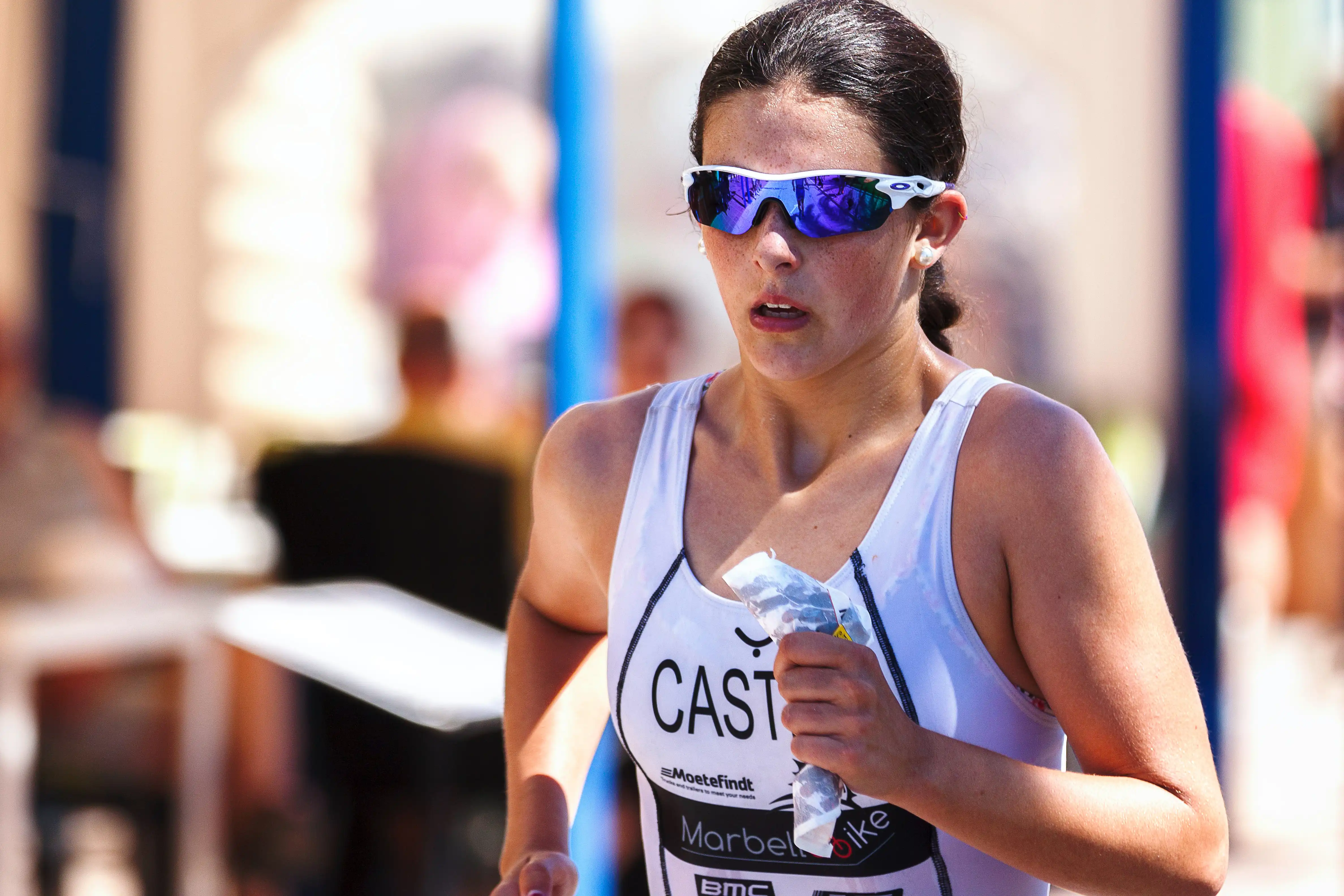Triathlon events have gained popularity in recent years. With the increasing participation of women, aspects that influence performance and physiology, as well as differences between women and men, are of interest to athletes and coaches. A review of the existing literature concerning differences between women and men in triathlon is lacking. Therefore, this narrative review aimed to compare female and male triathletes in terms of participation, performance, and the different influences on performance (e.g., physiology, age, pacing, motivation). A literature search was conducted in PubMed and Scopus using the search terms “female triathletes”, “women in triathlon”, “triathlon AND gender difference”, and “triathlon AND sex difference”. 662 articles were found using this search strategy, of which 147 were relevant for this review. All distances from sprint to ultra-triathlon (e.g., x-times IRONMAN® distance) were analyzed. The results showed that the participation of female triathletes, especially female master triathletes increased over time. An improvement in the performance of female and older triathletes was observed at the different distances in the last decades. Sex differences in performance varied across distances and in the three disciplines. Female triathletes showed a significantly lower VO2max and higher lactate thresholds compared to men. They also had a higher body fat percentage and lower body mass. The age for peak performance in the IRONMAN® triathlons is achieved between 25 and 39 years for both women and men. Strong predictors of IRONMAN® race performance in both female and male triathletes include achieving a personal best time in a marathon and a previous best time in triathlon races. Further studies need to balance the representation of female and male athletes in study cohorts to ensure that findings are relevant to both sexes. Another research gap that should be addressed by future studies is the effect of menstruation and female hormones, the presence of premenstrual syndrome, and the impact of pregnancy and childbirth on the triathlon performance to better understand the differences with men and to account for hormonal fluctuations in training.
